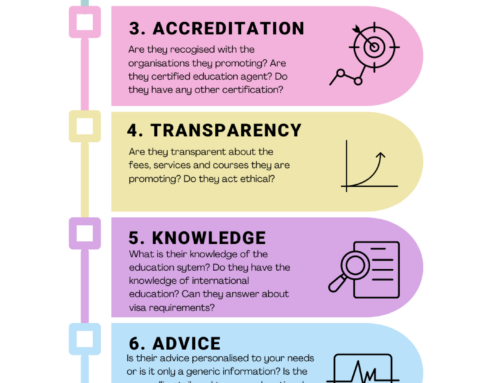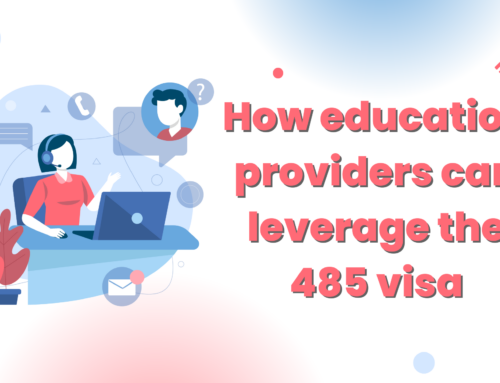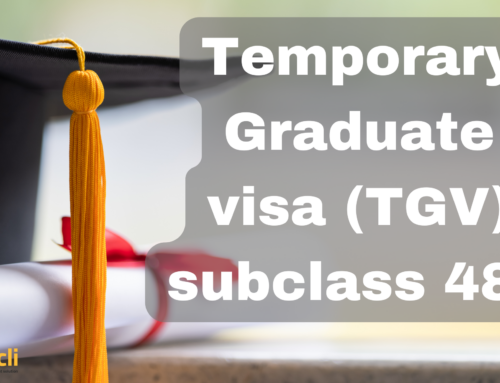Significant changes are being made to Australia’s immigration policy to tackle the problem of “permanent temporariness,” or people who stay in the country indefinitely on temporary visas. The Australian government has taken a number of steps to address these concerns, including stricter visa application requirements for students from certain countries and holders of particular temporary visas. The approach, which some dubbed the “drunken’s sailor approach,” was unfortunately developed without consulting the industry.
Stakeholders in Australia’s international education sector are expressing concern over what they perceive as the worst visa rejection rates in nearly twenty years. They also note that the rejections are becoming more and more unjustifiable. It has been reported that the group of 16 Universities expect to lose over AUD$310millions in revenue.
The government allowed ‘Covid Emergency Visas’ to run for years, which basically allowed a work visa for anyone, incentivising former students to leave the student visa framework. This caused the migratory intake to skyrocket by 200,000 people, and now the government is blaming the international education sector for the mess it created,and using the housing crisis as a catalyst.
Visa rejections are up
A notable aspect of the new policy is the apparent blacklisting of student groups from specific countries. Reports indicate that applications from countries such as India, Pakistan, Bangladesh, Thailand, Brazil, and Colombia are being refused at high volumes, without explicit reasons provided by the Immigration Department.
Grant rates for students from Colombia – which accounted for the highest number of commencements in 2023 (26,022 students) – were down by 34.79% over the same comparison period. India, Pakistan, Bangladesh are at 99% refusal rate. Key markets of Thailand and Brazil both saw grant rates fall, by 89.99% and 46.82%, respectively. And the situation seems to be worsening. Several providers have shared their personal experiences with rejections that were unreasonable or completely nonsensical, which is very concerning.
Visa hopping
The focus of these new measures is on applicants currently holding other temporary visas, such as the sc600 (Tourist), sc485 (Temporary Graduate), and sc408 (COVID Event) visas. Education providers in Australia are increasingly rejecting applications from these visa holders, especially those attempting to convert to a sc500 (Student) visa. This move is part of a broader strategy to prevent ‘visa hopping,’ where individuals switch from one temporary visa to another to extend their stay in Australia.
Applications made by tourist visa holders are expected to face significant hurdles, with an increased likelihood of refusal. But this is old news; in the early 2000s, Australian visa applicants were subject to a “No further stay” condition that barred them from obtaining a second visa.
In anticipation of further changes aimed at restricting onshore visa applications, some education providers are taking proactive steps. These include limiting applications from individuals on working holiday, work and holiday, and tourist visas. This strategy foreshadows additional measures to restrict onshore visa hopping, expected to be implemented from March 2024.
In the light of these changes, the majority of universities are contacting students whose visa applications have not yet been processed and asking them to withdraw their applications and cancel their certificates of enrollment (COEs). We previously reported that these universities are also refusing applications from the aforementioned visa streams.
Temporary Graduate Visa holders
Also applications made by holders of Temporary Graduate Visas (s/c 485), where new restrictions will prevent holders from transferring back to a Student Visa (s/c 500) while onshore. This decision aligns with the government’s commitment to addressing the challenges associated with temporary migration and ensuring that the path to permanent residency.
The Genuine Student Test
While the details of the new “genuine student test” have yet to be announced, the implications of the current strategy are clear. The Australian government is employing a stricter framework to assess student visa applications, signalling a tougher stance on temporary migration. For potential students from the affected countries or visa categories, the message from Australia appears to be one of caution: the opportunity to study down under is becoming increasingly challenging under the current immigration regime.
Conclusion
Australia’s immigration strategy is shifting towards a more regulated and restrictive approach, particularly concerning student visas. These changes, aimed at preventing visa hopping and ensuring only genuine students are allowed to study in Australia, reflect the government’s effort to manage temporary migration. The fact that students from particular countries and those with particular temporary visas will face a more challenging visa application process as these policies develop emphasises the importance of being aware of and ready for changes to Australia’s immigration policies.
Related articles:
GTE requirements in our article here
New legislation to curb international education
Comprehensive review of new immigration strategies
Recent trends in visa refusals
#internationaleducation #studyaustralia #visaaustralia #educationagents #educli





Leave A Comment